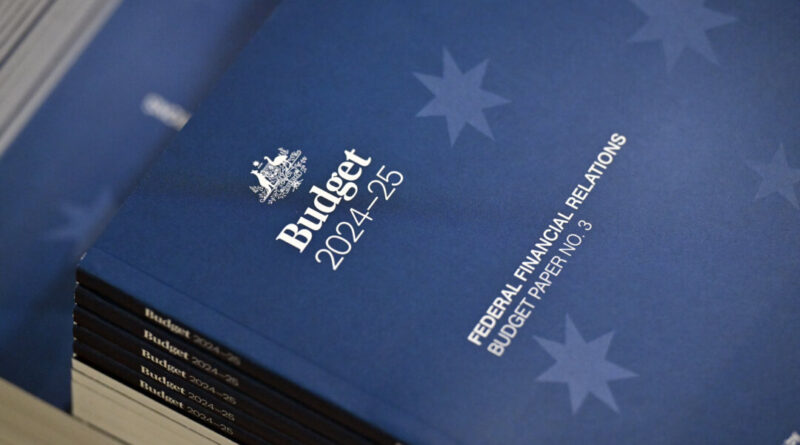Australia Records Second Surplus in Budget 2024 Due to Robust Commodity Prices
Australia’s federal budget is expected to show a $9.3 billion (US$6.14 billion) surplus for the 2023-24 financial year due to strong commodity prices.
Although this figure is significantly lower than the $22.1 billion surplus reported in 2022-23, it represents the first consecutive surplus in almost two decades.
The last time Australia recorded two back-to-back surpluses was in the 2007-08 financial year before the Global Financial Crisis hit the world economy.
This surplus of $9.3 billion also reflects a substantial improvement of around $10.5 billion compared to the forecasts made in December 2023, which predicted a deficit of $1.1 billion.
Furthermore, budget projections indicate an increase of over $200 billion in the budget over the six years leading up to 2027-28 compared to pre-election forecasts.
It is important to note that this surplus is attributed to strong employment and high commodity prices generating revenue.
Treasurer Jim Chalmers emphasized that this surplus would allow the government to implement significant cost-of-living measures to address ongoing inflation and stagnant economic growth.
He highlighted that this surplus was achieved while supporting those facing financial difficulties and positioning the government for future investments.
Shadow Treasurer Angus Taylor cautioned that the surplus might not be sustainable in the long term, emphasizing the need for a structural surplus over a windfall surplus to combat inflation.
The core of the government’s cost-of-living measures in the budget involves estimated tax savings of $107 billion for Australians due to revised stage-three tax cuts starting in July 2024.
In addition, the government estimates that these tax cuts will result in an average weekly saving of $36 for each Australian.
Mr. Chalmers also hinted at further relief measures beyond tax cuts, including efforts to address housing shortages affecting cost-of-living pressures.
Despite improvements in the budget, concerns remain over the government’s ability to manage inflation effectively, with Treasury forecasts suggesting a decline to 2.75 percent by December 2024.
However, Mr. Taylor expressed skepticism about the government’s inflation management, citing persistent inflation levels and contrasting reports from the Reserve Bank of Australia and the Treasury.



